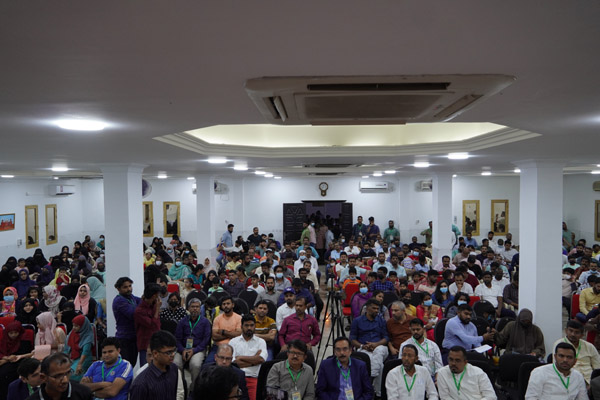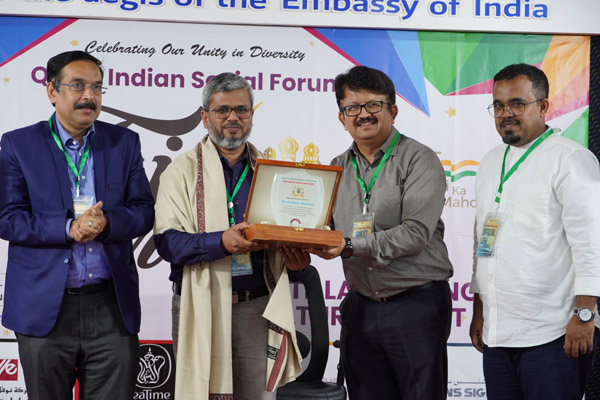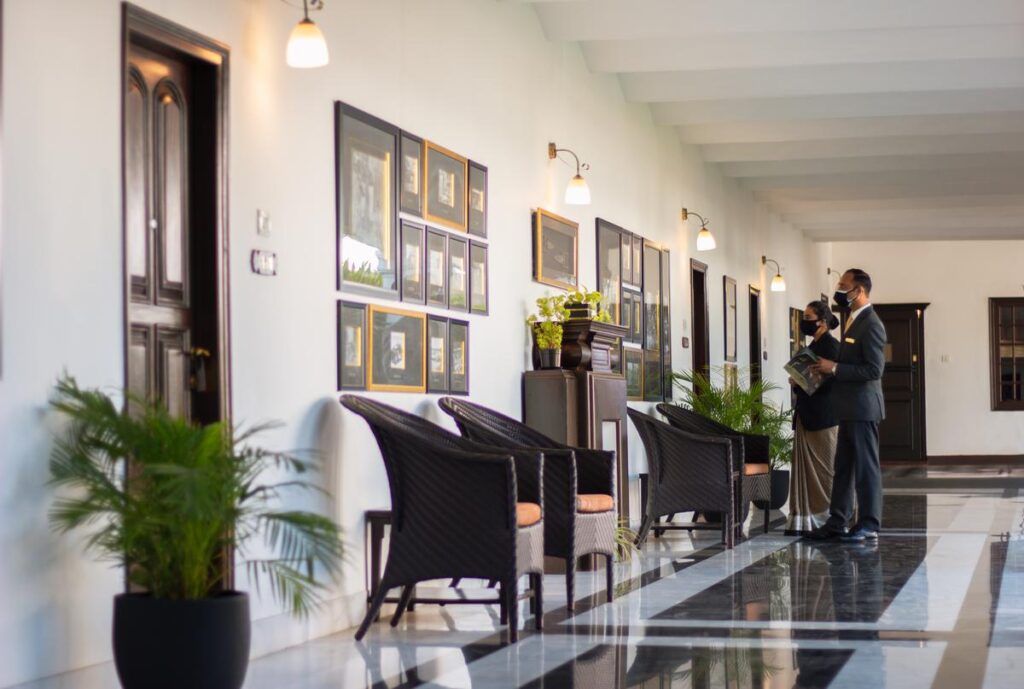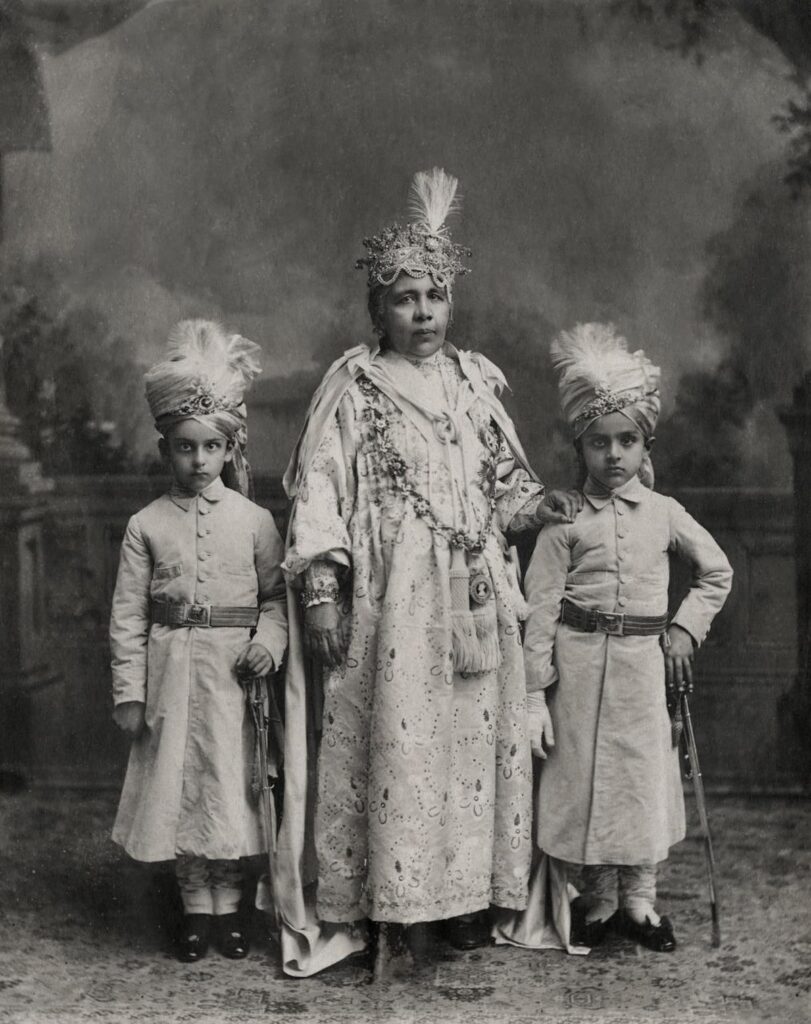JAMMU & KASHMIR :

The portal is getting recognised for reporting on issues in Chenab valley which are overlooked by the mainstream media.
Jammu :
When 22-year-old Anzer Ayoob, a journalist based in Doda district in Jammu and Kashmir’s Chenab valley heard that a literary group had announced an award for his news portal, he was editing a story on frequent power outages–a recurring issue in the region.
Ayoob is the founding editor of Chenab Times , a local multimedia news web portal that covers social, cultural, political, and current events primarily in the Chenab region.
“Apart from highlighting the lack of electricity in the region, the other objective was to bring Chenab Valley on the tourist map of Jammu and Kashmir,” Ayoob told TwoCircles.net.
Founded in 2017, the news portal has gained decent viewership in the region and has been appreciated by locals.
Inspired by the positive response, the portal launched its daily news bulletin in Urdu, Sarazi and Bhaderwahi languages (spoken by the region’s population) in January 2021.
A year on, the programmes in local languages have earned the portal a distinct fame.
On January 23, the Pahari Core Committee, which is a representative organisation of fifteen literary groups from Doda, praised The Chenab Times for the promotion of local languages, and culture and decided to confer it with this year’s ‘Best News Portal’ award.
“Chenab Times is the sole channel that has always touched the hearts of thousands of Pahari speakers who speak Sarazi, Bhaderwahi, and Kashmiri,” said Sadaket Malik, president of the Pahari Core Committee, in a statement.

From college dropout to editor
Ayoob is a college dropout. He was pursuing B.Sc. from Govt. Degree College Bhaderwah. “I discontinued my education in 2019 when my mother’s health deteriorated. My father passed away in 2015 and being the only male member of the family, I had to earn a livelihood,” he said.
Ayoob believes that practicing journalism does not require a degree. “Starting a news portal began with a single idea and journalism is all about ideas,” he said.
Promoting Chenab valley as tourist destination
The Chenab Times started with a Facebook page of the same name promoting Chenab valley as a tourist destination on social media. “After 4-5 months, when our Facebook page gained 16K followers, we launched the website,” Ayoob said.
The portal has regularly covered stories of the downtrodden.
Slowly, the news portal began to carry news from the outside world. At present, the portal provides current news from around the world, with a special focus on video stories from Jammu & Kashmir.
The Chenab Times has around 140K followers on Facebook, 1K on Twitter, 8K on Instagram and 45K on YouTube.
Some of the stories published by The Chenab Times have been impactful.
“There are various far-flung villages in Doda district that weren’t receiving adequate water supply and it was a crisis for the villagers. When we highlighted the issues on our portal, the villages got water supply,” Ayoob said.
Farasat Rasool is a graduate in arts and a regular reader of the website. “Chenab Times is doing a good job by providing local news and civic concerns. The portal has given voice to the voiceless,” he said.
Power outages deter journalism
What bothers Ayoob are the frequent power outages and blackouts in the region. The outages, he said, are impacting the portal’s multilingual programme, for which it has been recognised.
Ironically, the Chenab valley is known as the hub of hydroelectric power projects in the region.
Due to a massive power outage in the Halla village of Doda district in late January, one of Chenab Times correspondent Fareed Ahmad Naik was unable to deliver the Sarazi language news programme. The village was without electricity for 12 days.
“In winters, the first importance is not the story but to charge our cell phones,” Ayoob said.
Involving youth in community journalism
Ayoob believes in involving more youth from his region in doing community journalism.
The portal has a staff of eight reporters, six of whom are from the Doda district, one each from Kishtwar and Ramban districts and a six-person editorial board, and three legal consultants.
While press freedom in Jammu and Kashmir has been severely restricted in the last few years, Ayoob said, “poor media environment won’t deter us from doing our job.”
Ayoob is of the view that journalism is the kind of profession “where the government frequently becomes an adversary.”
Besides power outages, another challenge faced by his portal is political targeting. “We have done stories after which we faced pressure from certain political quarters. We were summoned by police on a sarpanch’s complaint and received legal notices after we reported on the absence of doctors,” he said.
Ayoob, however, added that he has received support from Doda police after his portal did a story on illicit liquor and drugs. “They cooperated with us,” he said.
His goal is to recruit female reporters at his portal. “We want to give a platform to emerging women reporters in the region,” he said.
Naseer Khora, a senior journalist and commentator from Doda, believes that “local civic concerns of the people haven’t been highlighted much in the media as politics dominates the coverage in Jammu and Kashmir.”
“Chenab Times, in particular, is making a difference by encouraging new people to enter the sector while also restoring rural journalism and reviving endangered languages,” he said.
Shadab Farooq is TCN SEED-Fellow. He tweets at @shadabfarooq_
source: http://www.twocircles.net / TwoCircles.net / Home> Lead Story / by Shadab Faarooq, TwoCircles.net / February 04th, 2022



























